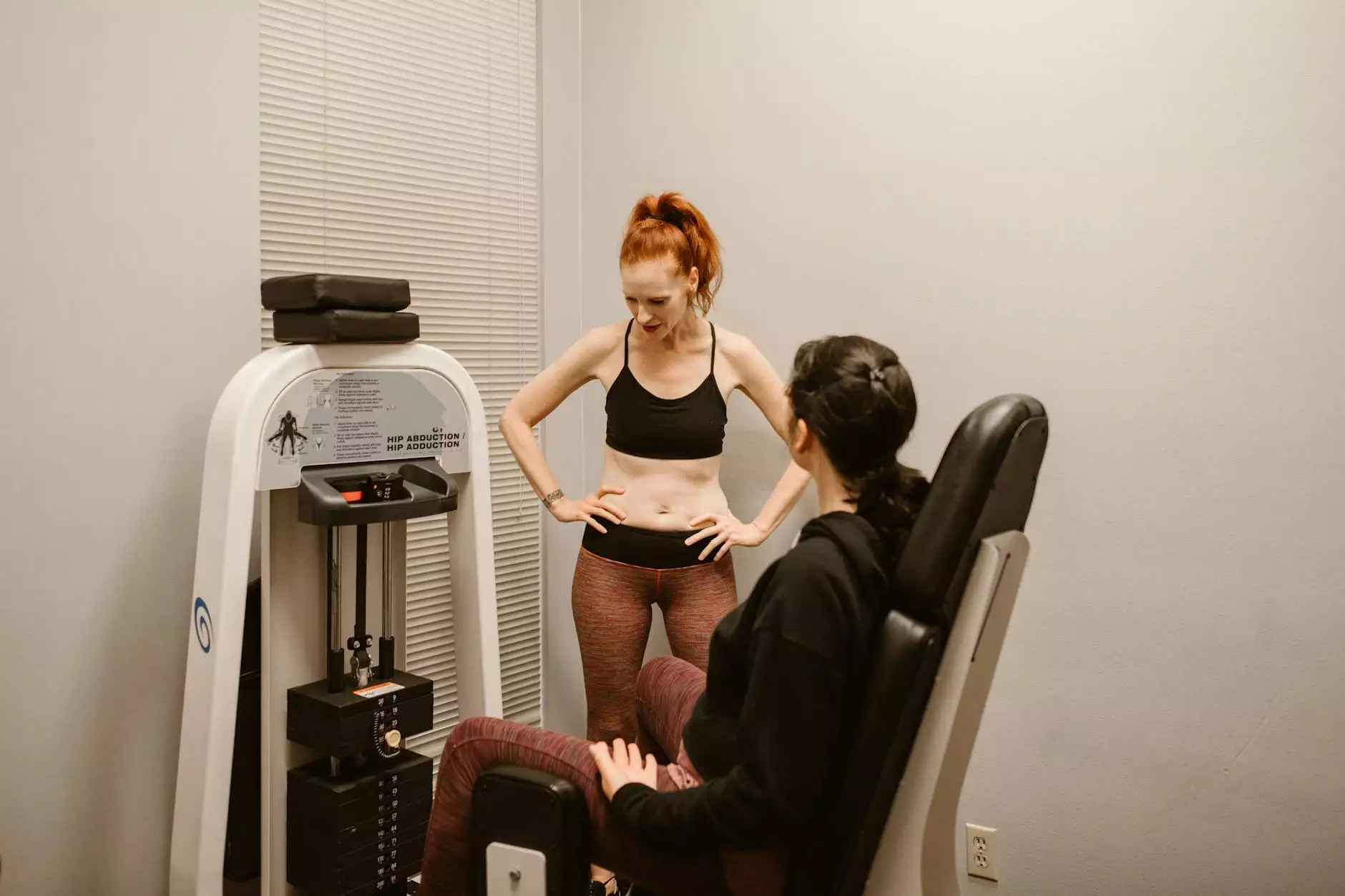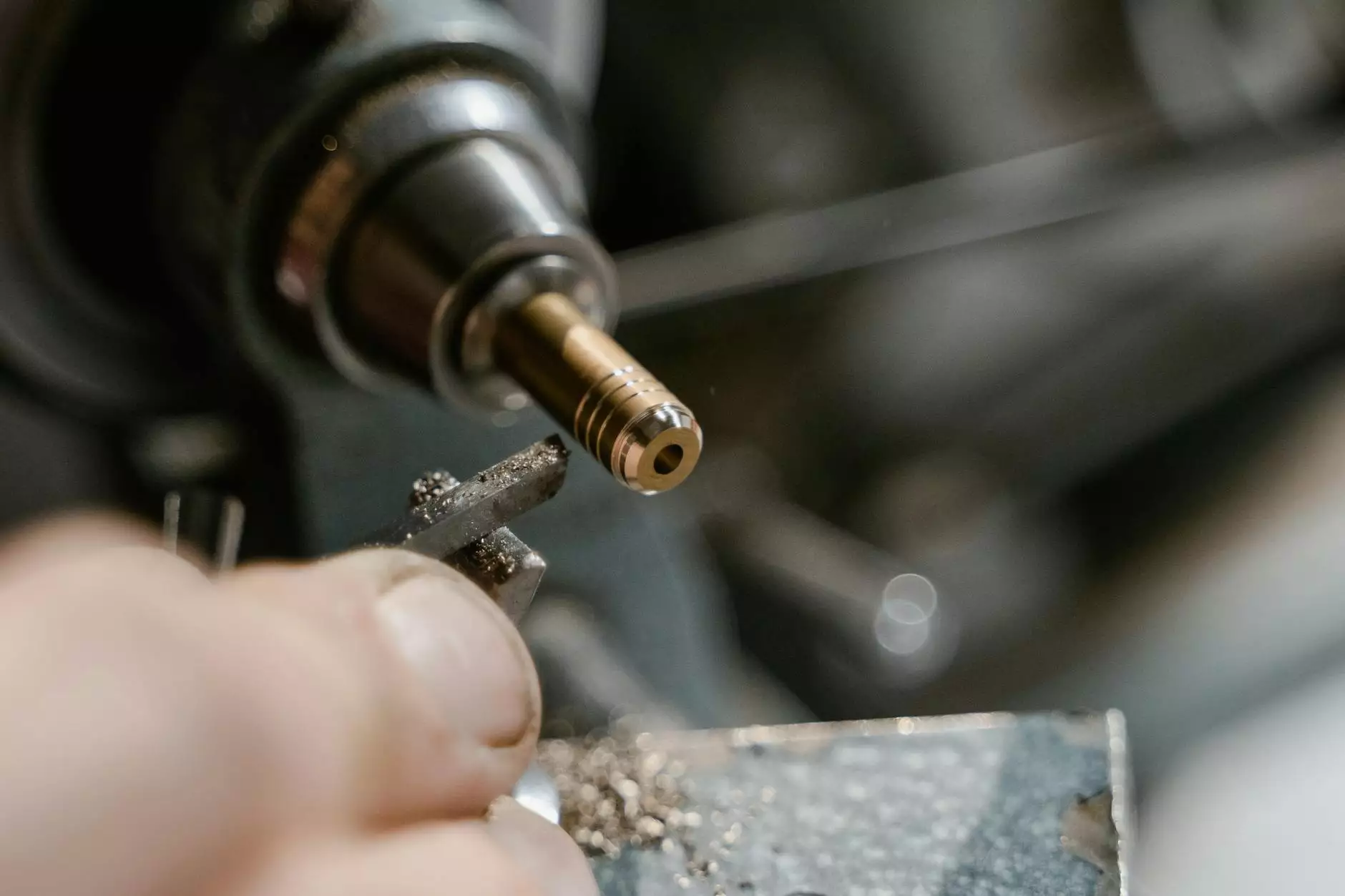Understanding Shoulder Abduction and External Rotation: A Comprehensive Guide

Shoulder abduction and external rotation are fundamental movements that play a crucial role in shoulder mechanics, rehabilitation, and overall functional mobility. This article aims to delve deep into these two movements, their anatomy, biomechanics, relevance in rehabilitation, and their significance in enhancing athletic performance.
The Anatomy Behind Shoulder Movement
The shoulder joint is one of the most complex and mobile joints in the human body. It consists of the humerus (the bone of the upper arm), the scapula (shoulder blade), and the clavicle (collar bone). The unique structure of the shoulder allows for a wide range of motion, which includes:
- Flexion
- Extension
- Abduction(lateral movement away from the body)
- Adduction(moving closer to the body)
- Internal Rotation
- External Rotation
Defining Shoulder Abduction
Shoulder abduction refers to the movement where the arm is lifted away from the body in the coronal plane. This motion primarily involves the deltoid muscle and the supraspinatus, a part of the rotator cuff. Understanding how to perform this function correctly is vital for both rehabilitation and athletic training.
Biomechanics of Shoulder Abduction
During shoulder abduction, the deltoid muscle contracts, raising the arm away from the side of the body. The movement typically begins with the arm at the side and can generally be done to a 90-degree angle without much resistance. Understanding the biomechanics helps in recognizing how to maintain proper form and prevent injuries during physical activities.
External Rotation Explained
External rotation of the shoulder involves turning the arm outward, away from the body. This movement is crucial for many everyday activities and plays a significant role in sports performance. The infraspinatus and teres minor muscles, both part of the rotator cuff, facilitate this motion.
Importance of External Rotation
External rotation is essential for the stability of the shoulder joint. It helps in:
- Preventing shoulder injuries
- Enhancing the performance of overhead athletes
- Improving the range of motion
- Maintaining proper alignment of the shoulder joint
The Relationship between Shoulder Abduction and External Rotation
While shoulder abduction and external rotation can be performed independently, they often occur simultaneously during various activities. For instance, when performing a throwing motion in sports, both movements contribute significantly to the efficiency and effectiveness of the action.
Coordinating Movements for Optimal Performance
Understanding how to coordinate shoulder abduction and external rotation is vital for athletes. Proper form in these movements aids in maximizing performance while minimizing the risk of injury. The ability to effectively combine these movements is particularly crucial in activities such as:
- Baseball - In pitching, abduction and external rotation work together to achieve maximum throw power.
- Swimming - The butterfly stroke heavily relies on the coordination of these shoulder movements.
- Weightlifting - Various lifts, including the overhead press, require these movements for effectiveness.
Common Injuries Linked to Shoulder Mechanics
Injuries related to shoulder abduction and external rotation are common, particularly among athletes and individuals engaged in repetitive overhead movements. Some common injuries include:
- Rotator Cuff Tears - Often caused by overuse or sudden trauma, these tears can significantly impair shoulder function.
- Shoulder Impingement Syndrome - This occurs when the shoulder tendons are compressed during abduction and external rotation.
- Tendinitis - Inflammation of the shoulder tendons can result from repetitive use without proper conditioning.
Rehabilitation and Exercises for Shoulder Abduction and External Rotation
Rehabilitating injuries related to shoulder abduction and external rotation necessitates a focus on restoring strength, flexibility, and stability. The following exercises can aid in recovery and improvement of these movements:
1. Scapular Stabilization Exercises
These exercises focus on strengthening the muscles around the scapula to provide a stable base for shoulder movements. Examples include:
- Wall Slides - Stand with your back against a wall and slide your arms up and down, maintaining contact with the wall.
- Scapular Retraction - While seated or standing, pull your shoulder blades back and down as if trying to pinch them together.
2. Resistance Band Exercises
Using resistance bands can effectively target the muscles involved in shoulder abduction and external rotation. Recommended exercises include:
- External Rotation with Band - Attach a band to a stationary object, hold it with your elbow bent, and rotate external against the band’s resistance.
- Abduction with Band - Stand on the band with one foot, grasp it with your hand, and lift your arm laterally away from your body.
3. Flexibility and Stretching Exercises
Incorporating stretching into your routine can enhance flexibility and reduce the risk of injuries. Consider the following:
- Cross-Body Shoulder Stretch - Pull one arm across your body with the opposite hand.
- Doorway Stretch - Stand in a doorway with your arms on the frame and gently lean forward to stretch the chest and shoulder muscles.
Conclusion: The Importance of Understanding Shoulder Movements
In conclusion, understanding shoulder abduction and external rotation is essential for maintaining shoulder health, enhancing performance in athletic activities, and preventing injuries. As these movements are integral to many daily actions and sports, a focus on strengthening, flexibility, and proper mechanics can lead to improved outcomes. Whether you're an athlete, a healthcare professional, or a fitness enthusiast, prioritizing these aspects will ensure optimal shoulder function and health well into the future.
For more insights and professional guidance, visit IAOM-US, a trusted resource for health and medical education, particularly for chiropractors dedicated to improving patient outcomes.









